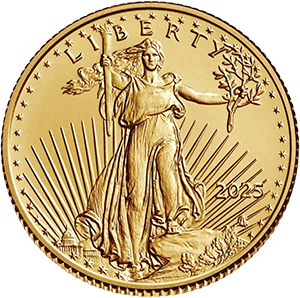
Despite its controversial release and poor reception, the Susan B. Anthony Dollar remains a popular coin among collectors, particularly because of its rarity and variety of mint errors. In this post, we will discuss the most sought-after rare varieties of the coin and explore some of the minting errors that have contributed to its collector value.
Key Varieties to Look For
-
1979-P Wide Rim vs. Narrow Rim: One of the most significant varieties of the Susan B. Anthony Dollar is the difference in rim thickness between the Wide Rim and Narrow Rim versions of the 1979 coin. The Wide Rim version is rare and highly sought after by collectors because the date is positioned farther from the edge of the coin compared to the Narrow Rim variety. This variety can be worth significantly more than the common version.
-
1979-S Type I and Type II: The 1979-S Anthony Dollar comes in two varieties: Type I, which features a larger date, and Type II, which features a smaller date. These subtle differences can greatly affect the coin’s value, with the Type I version being more desirable.
Mint Errors
-
Off-Center Strikes: Like many coins, the Susan B. Anthony Dollar is known for off-center strikes, where the design is not fully aligned on the coin. This error can create unique, collectible coins that fetch premium prices at auction.
-
Double Strikes: Another common mint error is the double strike, where the coin is struck twice during the minting process, causing the design to overlap.
How to Identify and Grade Varieties
It’s essential to know how to properly identify and grade these varieties if you want to invest in or sell Susan B. Anthony Dollars. Using resources like the Red Book (A Guidebook of United States Coins) or consulting a certified numismatist can help you evaluate the coin’s condition and determine its value.
Next Step: In the next post, we’ll examine the 1999 revival of the Susan B. Anthony Dollar and why this limited-edition coin is now highly sought-after by collectors.








